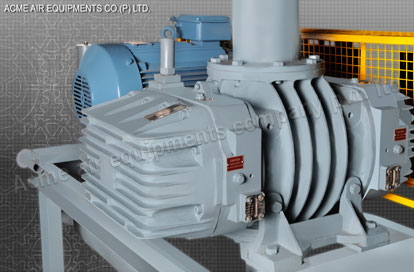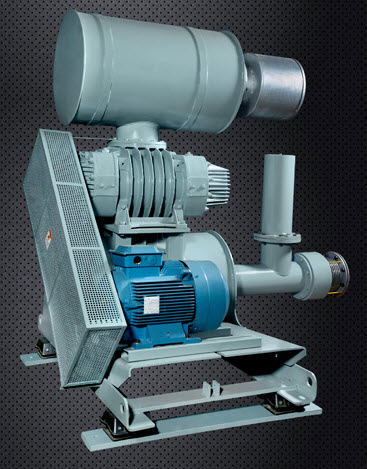A rotary screw compressor is a kind of pressure-pumping machine, like an air compressor, which uses a rotary screw type positive-displacement device. The rotary screw rotates around a crankshaft to cause the pump to spin. The rotary type air compressor is usually placed on the top of the air inlet of a diesel engine. The rotary screw compressor may be single-stage or multi-stage, depending on how you set it up. Acme Air Equipments is one of the best air compressor manufacturers in Ahmedabad, India.
The rotary compressor rotates around two cylinders. In rotary air compressors One cylinder is driven off the air inlet of the engine and the other through a piston. The piston compressors work a lot like the rotary compressors, just with two different cylinders and no crankshaft.

The main difference between the rotary compressor and the scroll type compressors is the way the air comes into contact with the compressed air. Rotary screw compressors get their air into contact with the compressed air through a vane type valve. Rotary vane type compressors work very well in lawn care applications. Most people would set up a lawnmower with a rotary vane type compressor instead of a scroll type compressor because the motor is easier to control.
Rotary compressors also come in a variety of sizes. The vane type rotary compressor are used for different types of jobs depending on the amount of power you need. For instance, a small, portable compressor will do a simple job like cleaning the grout in a small room. Larger compressors are good for cleaning larger areas such as a barn or a factory.
There are both electric and pneumatic compressors. If you want something that is very easy to install, then you should consider an electric compressor. The electric compressors have the advantage of being much lighter weight than the pneumatic ones. Because they don’t require a pump, they don’t have moving parts that can wear out over time. The electrical compressors work best in situations where the air pressure is low and the compressor can stand up to low temperatures.

One of the oldest forms of compressors are the screw compressors. The screw compressor works with two screws that are screwed together under pressure. Two or three screws are turned clockwise and air is pulled into the cylinder through the oil gland at the base of the screw. Some screw compressors will even pull air into the unit through the use of a solenoid.
A more modern rotary screw compressor will have solenoid-driven pistons that are powered by an electric motor. These motors are also known as scroll compressors because the scroll of the piston moves back and forth. These pistons are known to make very powerful pushes on the air.
Last but not least are reciprocating in-line compressors. The mechanism for these types of compressors is similar to the screw compressors. However, instead of having two cylinders that are moved up and down to inflate the air, this type of compressor only has one cylinder that needs to be rotated counter-clockwise to inflate the air. Because of this the pressure of the air can be controlled more accurately and efficiently than the screw models.



